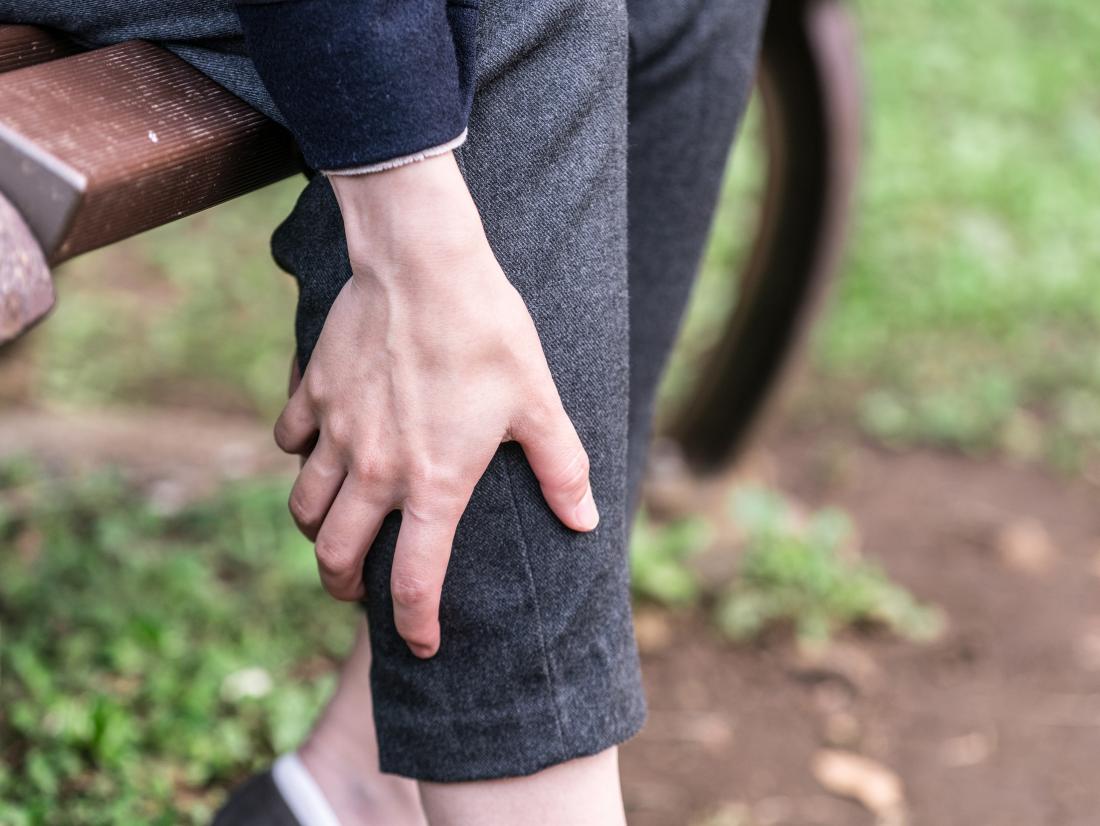How Long to Treat KP for Lasting Results?
Keratosis Pilaris, often called 'chicken skin,' is a common skin condition that many beauticians encounter in their practice. It presents as small, rough bumps on the skin, usually on the arms, thighs, cheeks, or buttocks. For beauticians, understanding how long to treat KP is crucial in providing clients with effective skincare routines and managing their expectations.
The duration of treatment for KP can vary significantly based on individual skin types, the severity of the condition, and the chosen treatment methods. Typically, consistent treatment over several weeks to months is necessary to see noticeable improvements. However, maintaining results often requires ongoing care.

Understanding Keratosis Pilaris
Before delving into the treatment duration, it's important to understand what causes KP. The condition is caused by the buildup of keratin, a protein that protects skin from infections and other harmful things. When keratin blocks the hair follicles, it leads to the formation of rough, bumpy patches.
As a beautician, explaining this to clients can help them understand the importance of consistent treatment and managing expectations. While KP is harmless, it can be a cosmetic concern for many individuals, leading them to seek professional advice.
Common Treatment Options for KP
Exfoliation and Moisturization
Regular exfoliation and moisturization are key to managing KP. Using products containing alpha hydroxy acids (AHAs) or beta hydroxy acids (BHAs) can help to gently exfoliate the skin, removing dead skin cells and preventing keratin buildup. Moisturizers containing lactic acid or urea can also be beneficial in softening the skin and improving its texture. Check out more about KP in women.
Topical Treatments
Topical retinoids may be prescribed to help exfoliate the skin and promote cell turnover. These treatments can be effective but may take several weeks to show results. It's important to advise clients to use sunscreen, as retinoids can make the skin more sensitive to UV rays.
Professional Procedures
For clients looking for more immediate results, professional procedures such as chemical peels or laser therapy can be considered. These treatments should be performed by trained professionals and may require multiple sessions for optimal results. Learn more about chemical peels.
How Long to See Results?
The timeline for seeing results from KP treatments can vary. With consistent at-home care, clients might notice improvements in their skin texture within four to six weeks. However, for more severe cases or when using professional treatments, it could take several months to achieve desired results.
It's essential to communicate to clients that while KP can be managed, it often requires ongoing treatment to maintain the improvements. Interrupting the skincare routine may lead to the condition reappearing.
Emphasizing Consistency and Patience
As a beautician, one of the most important aspects of treating KP is emphasizing the need for consistency and patience. Clients should be encouraged to stick to their skincare routine and be patient with the process. Regular follow-ups can help in adjusting treatments as needed and keeping clients motivated.
Additionally, educating clients on the importance of using gentle, non-irritating skincare products can prevent further irritation and improve the overall health of their skin. For more insights, explore the personal stories of those living with KP.
Integrating Lifestyle Changes
Encouraging clients to integrate certain lifestyle changes can also help in managing KP. Advise them to avoid hot showers, which can exacerbate dryness, and to use humidifiers to maintain skin moisture. Regular cleaning of personal care tools like razors and brushes is also crucial in preventing irritation. Discover more about cleaning tools.
Natural Remedies
For clients interested in natural remedies, recommend options such as coconut oil, which can help in moisturizing and soothing the skin. However, it's important to note that natural remedies should complement, not replace, the primary treatment methods.
FAQs
What is the best treatment for KP?
The best treatment for KP varies by individual but often includes a combination of exfoliation, moisturization, and possibly professional procedures. Consulting with a dermatologist can provide personalized recommendations.
Can KP be cured completely?
While KP cannot be cured completely, it can be effectively managed with consistent treatment. Ongoing skincare routines can help maintain smooth skin and prevent flare-ups.
Is KP lifelong?
Yes, KP is generally considered a lifelong condition, but symptoms can improve with age and proper treatment. Learn more about whether KP is lifelong.

Conclusion
In summary, the question of how long to treat KP doesn't have a one-size-fits-all answer. Treatment duration depends on the severity of the condition and the methods used. However, with consistent care and the right approach, beauticians can help clients manage their KP effectively, leading to smoother, healthier skin over time.

